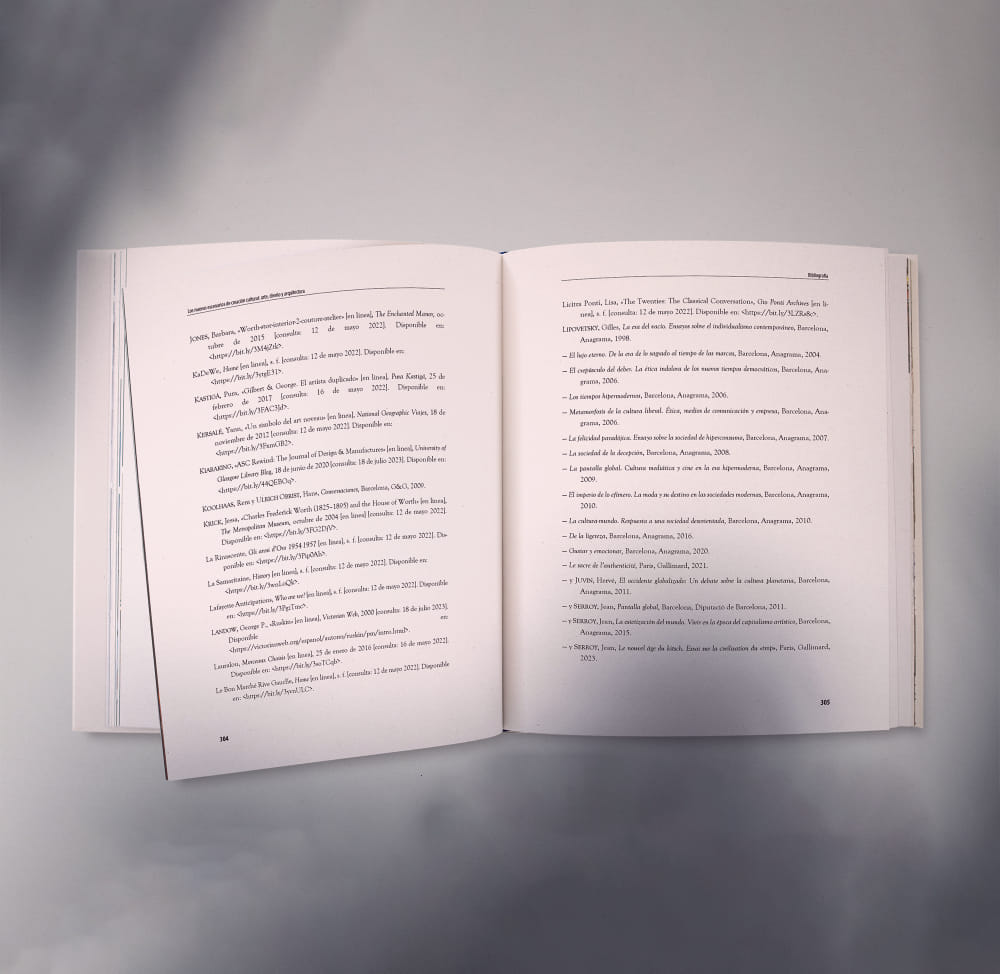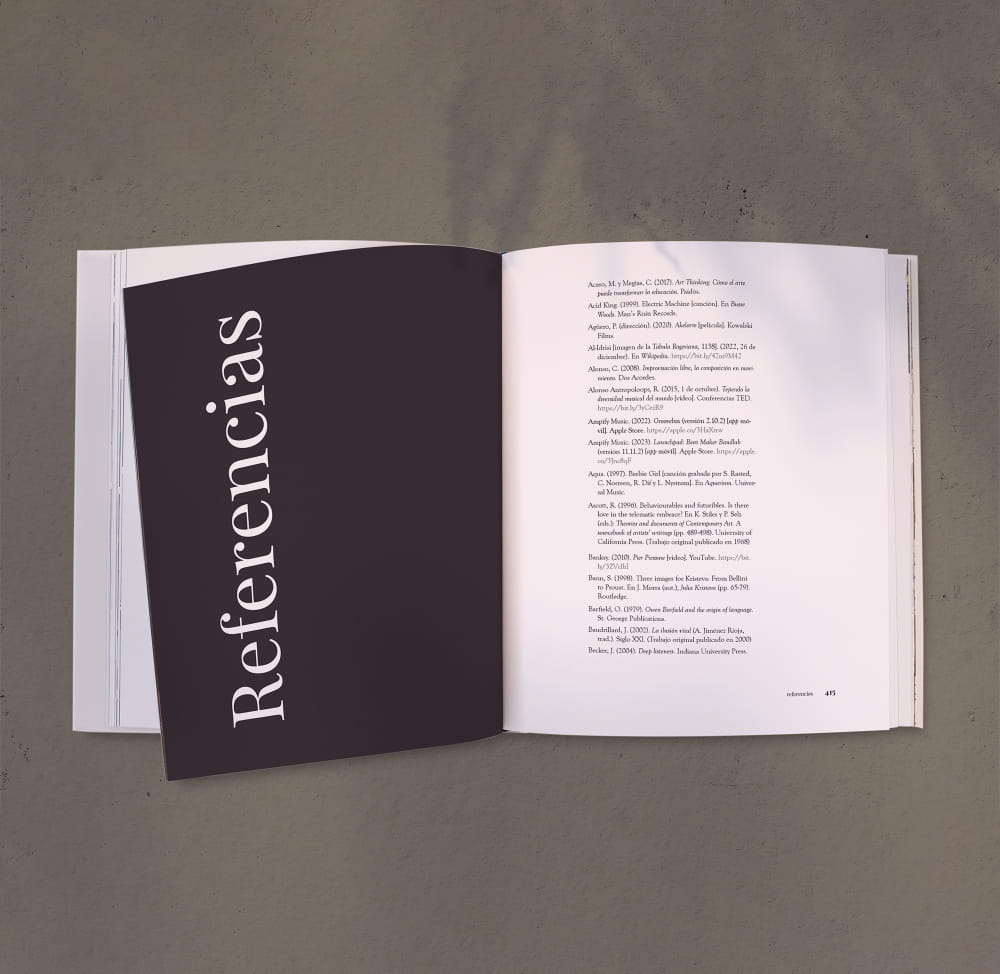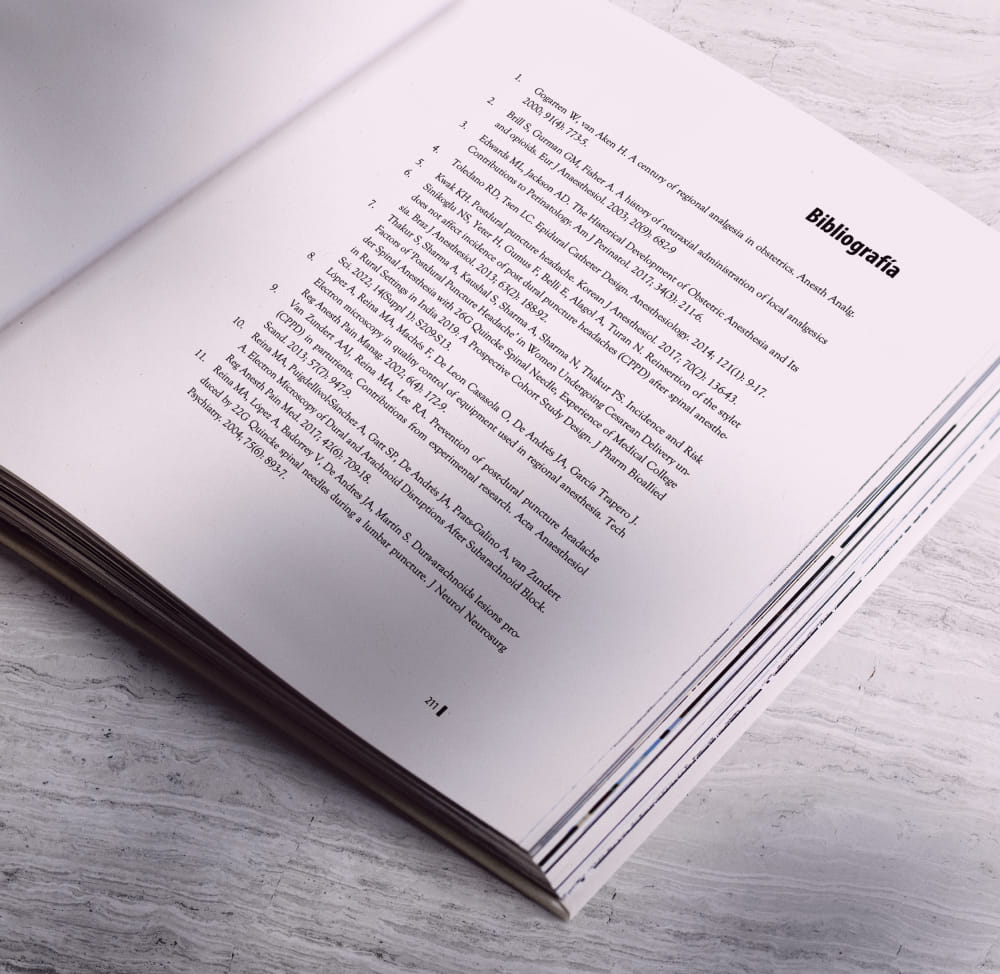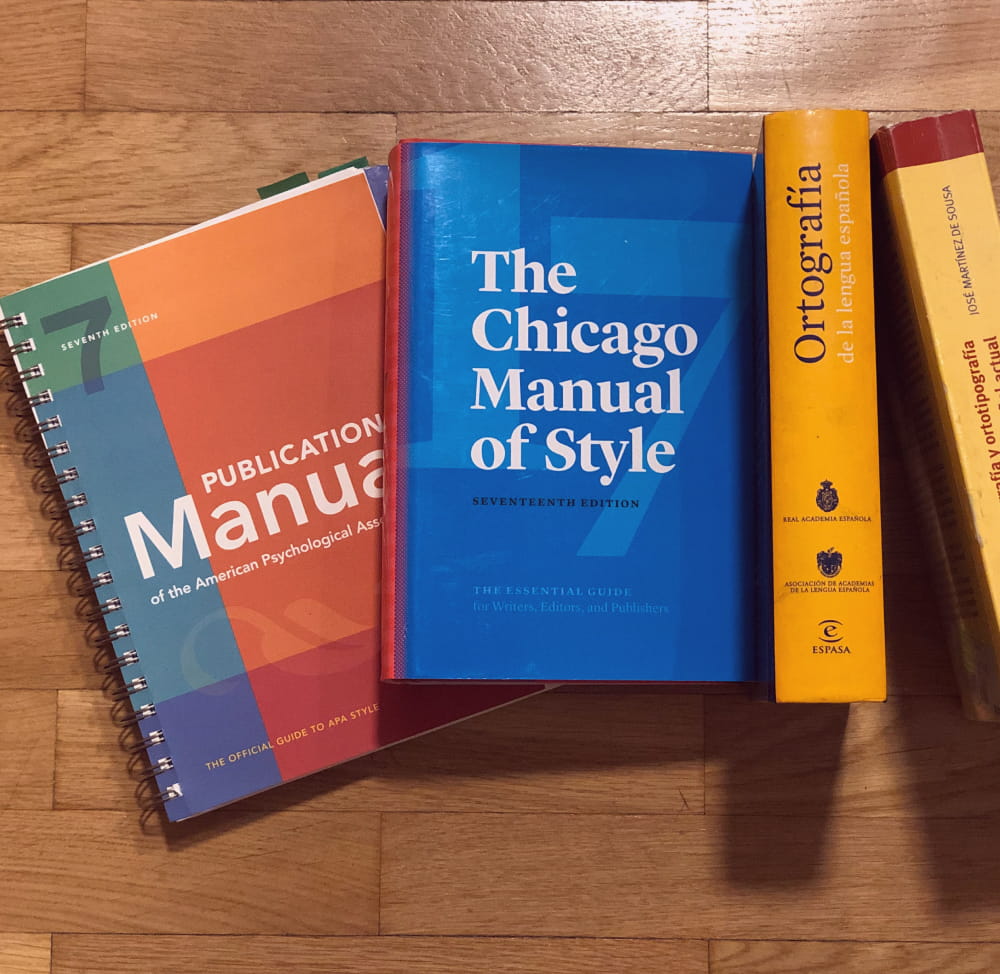Edición completa de tesis doctorales
No es solo revisar y corregir, es cuidar cada detalle.
Servicio de edición de tesis, TFM, proyectos investigadores, proyectos docentes...
Porque revisar una tesis doctoral es más que corregirla, damos un tratamiento integral de corrección, maquetación, creación de índices, formatos, diseño de portadas, impresión y envío, etc., para tesis doctorales.
Una vez que termines el trabajo de investigación y redacción, no tendrás que preocuparte por nada más.
Tu corrección y revisión de tesis doctorales será especial y mimada.
En Correcciones Santaella sabemos que el trabajo y el esfuerzo que supone escribir una tesis doctoral son enormes.
Por ello, damos una atención especializada y personalizada a nuestros clientes para que, una vez que terminen de escribir, puedan descansar.
Tú debes estar pendiente del contenido, y no de las comas, los estilos de las referencias, los párrafos y demás cuestiones formales que, a la hora de la evaluación, cuentan mucho.
Por eso, proporcionamos un servicio integral de tratamiento de tesis doctorales. Consulta abajo todos los servicios relacionados con textos académicos.
Limpieza, normalización y revisión de cada apartado.
Formatos de Word e índices
Generación de índices automáticos, formateado de párrafos, títulos o portadas y elaboración de gráficos.
Un texto más profesional y limpio para tesis extensas y con todos los elementos optimizados.
Bibliografías
Adaptación al sistema de citación y comprobación de referencias.
Tu tesis con un diseño bonito, porque la presentación cuenta, y mucho.
Olvídate de todo y nosotros imprimimos tu tesis en el formato que prefieras.
Revisión exhaustiva de sintaxis y contenido para no tener ni un error.
Corrección de bibliografías
Todo trabajo de investigación debe estar apoyado por una bibliografía de referencia.
Esta es nuestra especialidad: asegurarnos de que la bibliografía es coherente y seria.

Sistema de citación y de bibliografía de tradición hispánica (ISO690)
Se introduce la referencia en el texto con una llamada y a pie de página se referencia el libro:
BROWN, Alex: Autoedición: Texto y tipografía, Madrid: ACK Publish, 1991.
La bibliografía irá ordenada alfabéticamente.
Sistema de citación y de bibliografía de Harvard o de APA7 (autor-año)
Se introduce la referencia en el cuerpo del texto entre paréntesis: (Brown, 1991, p. 298) o (Brown, 1991: 298). Y después en la bibliografía se colocará por orden alfabético:
Brown, A. (1991). Autoedición: Texto y tipografía. ACK Publish.


Sistema de citación y de bibliografía de Vancouver
Las referencias deben numerarse de forma consecutiva, con números arábigos situados entre paréntesis, en el orden en el que aparecen por primera vez en el texto (3). Y después en la bibliografía se numerarán por orden de aparición:
3. Jiménez Murillo L, Montero Pérez FJ. Compendio de Medicina de Urgencias: guía terapéutica. 2.ª ed. Madrid: Elsevier; 2005.
NOTA: cualquier otro sistema propio del que disponga el cliente será proporcionado junto con el documento para que pueda ser aplicado por nuestros correctores.

Las tarifas en este caso son variadas según la tipología de cada bibliografía, por lo que se factura al margen de la corrección general.



